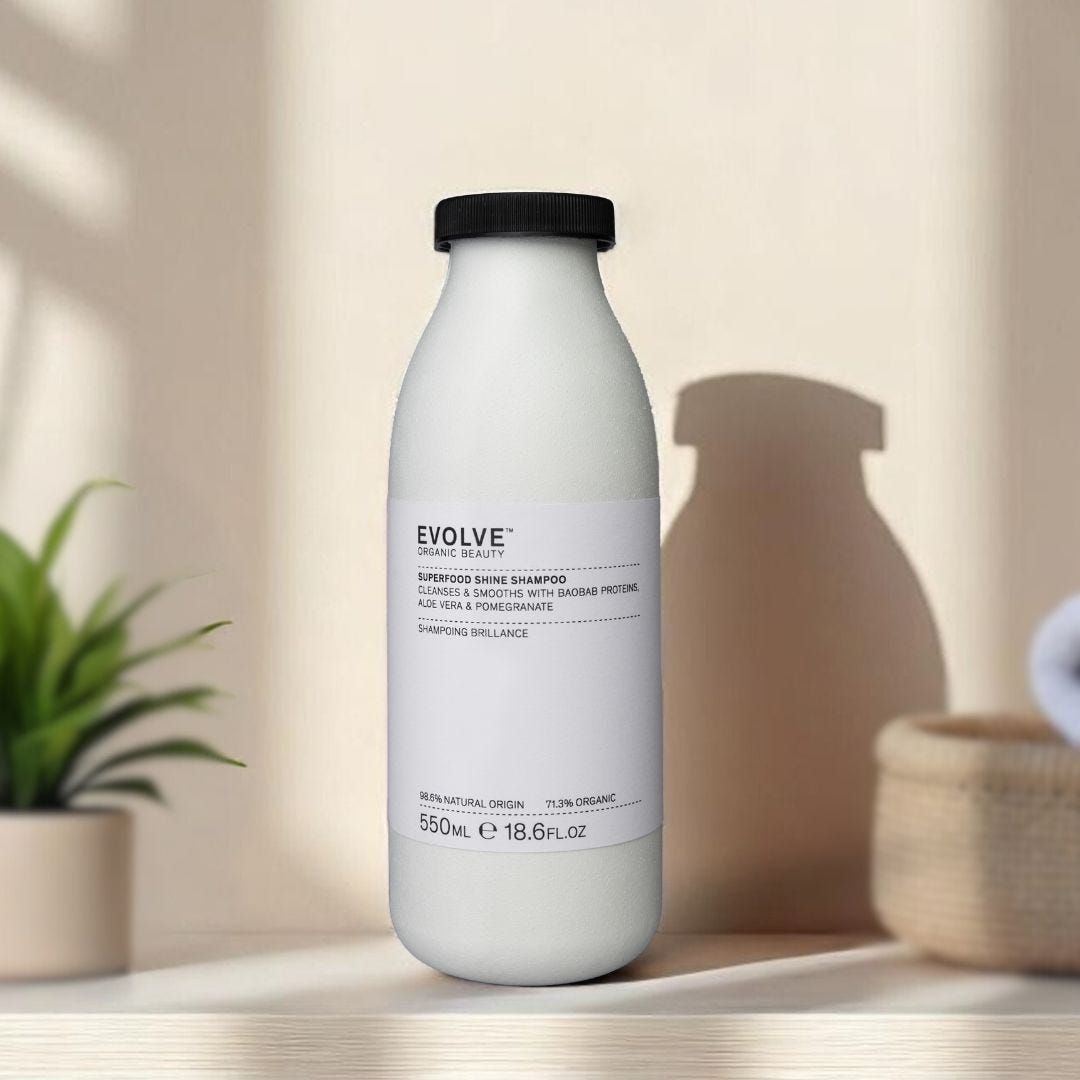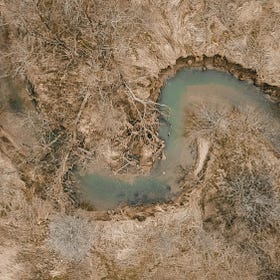🌱 How to write an impact report that people will actually read
including loads of examples to inspire you + dive into the archives to learn how to get to grips with your water footprint
Not only are we approaching the end of April, but for many companies we are also approaching the end of the financial year. For sustainability consultants (and maybe accountants too, lol) this can be a busy time. I’m thinking annual carbon footprinting, taking stock of the annual sustainability targets, updating scorecards and, of course, impact reporting.
Katherine loves impact reports as much as the next person who is deeply obsessed with sustainability…but even she can’t and won’t read them all! So what makes it onto her radar? What does a report need to have to make it one of the few that Katherine wants to read it cover to cover?
Let’s find out…
Cover image credit: Pieminister 2024 Impact Report
> A message from this week’s sponsor…
They’ve supported brands like MOTH, JUBEL, and MOJU on their climate journey — and now they’ve launched a new ESG reporting tool to simplify disclosures, including for frameworks like B Corp.
Explore the tool to streamline certification and make reporting easier than ever.
> In Focus…
How to write an Impact Report People Actually Want to Read
by Katherine Hartzenberg
Once the domain of NGOs and charities, impact reports have evolved into essential tools for businesses of all shapes and sizes - becoming nearly synonymous with ESG (Environmental, Social, and Governance) efforts. While financial reports offer bottom-line updates, impact reports provide a stage for companies to highlight the milestones they’ve hit beyond revenue: reducing emissions, supporting employees, transforming supply chains, and more.
Today we’re going to spotlight the brands that have nailed their impact reporting - and why it’s worth every company’s time to invest in telling their story well. Because when done right, impact reports don’t just inform. They inspire. Read on to find out how you can make your next report kick ass.
So, what makes a good impact report… impactful?
For starters, presentation matters. High-quality images and clean design go a long way in making your report digestible and inviting. Take a cue from Monica Vinader’s 2023/24 Impact Report, which uses bold, digestible visuals, while staying true to the elegance of the brand, to communicate key metrics on carbon and supply chain transparency. Think annual coffee table book, not tax document. Aim for tens of pages, not hundreds - nobody wants to slog through 140 slides to find the good stuff.
The content needs to balance wins with honest reflection. Don’t shy away from challenges faced or goals missed. Transparency builds trust, especially when paired with clear intentions for the year ahead. In Pieminister’s 2023/24 Impact Report, the brand not only celebrated its waste and carbon reductions compared to its baseline but also openly discussed areas still under review using their unique pie-traffic light system to identify the goals which are on track, making some progress or requiring a deeper focus.
Celebrate your wins: maybe you reduced plastic packaging, relocated operations for better community impact, or made strides in team wellbeing. Everything counts, and readers want to know where your values show up in action. The Uncommon does this with their “big wins” - including mention of their wine having the lowest carbon footprint on UK shelves - and “big whines”, noting where goals were missed and where they can improve all in a sleek format that reflects its brand tone perfectly.

Infographics and data visualisations are your best friends. Jubel’s latest Impact Report stays true to their bold branding and energetic tone which radiates through their graphs and supply chain graphics easily showing all necessary information without overwhelming the reader. Similarly, NEOM Wellbeing’s 2023/2024 report shows effortlessly their greenhouse gas inventory in a visually pleasing format.
Vivobarefoot’s 2023/24 report, a firm favourite, is a great example of integrating financial and non-financial performance in a format that’s bold, honest, and visually engaging. Likewise, Tony’s Chocolonely blends storytelling, actually in the form of an online flipbook, and transparency in their annual Fair Report, using playful visuals to break down serious topics like ethical sourcing.
Meanwhile, Dr. Bronner’s "All-One Report" is a masterclass in turning values into action, covering everything from regenerative agriculture to fair trade to activism - with transparency at every step.
Most importantly, keep your brand voice consistent throughout. Whether it's playful and candid like Tony’s or purpose-driven like Dr. Bronner’s, consistency strengthens authenticity.
So, what was the last impact report you read that made you want to keep reading?
A well-crafted impact report is more than a sustainability checkbox - it’s your chance to share everything else your business does besides just keep running. Use it to bring people along for the journey. Chances are, they’ll care more than you think.
> Follow up with…
Article: What to do with your impact report, Seismic’s article on best practices recommends making the report interactive post-publishing - through events, videos, or campaigns - to extend its shelf life.
Article: 8 Tips For Writing An Impactful Impact Report, Ecollective underscores the importance of storytelling and providing context: numbers matter, but narrative sticks.
> The Good(s) News
🎯 Pip & Nut | B Corp announced their 2024 impact report, highlighting key achievements of cutting out the middleman and having total end-to-end traceability with their growers, commitment to paying a premium to ensure cocoa farmers can earn a liveable income and meeting record levels of their team's engagement.
🎯 Evolve Organic Beauty announced their new refill products in Pulpex's fibre-based bottles that are FSC-certified and PEFC-accredited wood pulp, as part of their journey toward eliminating plastic.
🎯 Syre, a textile recycler company, announced it has signed an MoU with Vietnam's Binh Dinh Province to develop a Gigascale textile recycling facility, backed by H&M. This partnership will address key investment requirements, including recyclable materials availability and waste import approvals.
🎯 Reskinned announced they are now officially B Corp certified, where their Impact Business Model score of 23.1 recognises how their business is built to create positive change and uses fashion as a force for good.
🎯 MENDED announced their partnership with Tom Tailor, as part of their loyalty programme and in response to the increasing demand for repair services, working to make clothing repair the new standard.
Have good news? Share it with us - info@followingthefootprints.com!
> Finally, in case you missed it…
🌱 3 steps to start getting to grips with your water footprint
Historically, freshwater has been considered a cheap input with little financial impact. It just falls out the sky and/or comes out of the ground, right?
However, as systemic climate change, water pollution and over-abstraction are reducing our global supply of available freshwater, governments, regulators and investors are starting to wake up to the vital importance of strong water stewardship within corporate value chains.
Want more? Check out our Website! You can find more about the team behind this newsletter, dig through our content archive AND check out our handy databases there too.
Have ideas for what we should write about next? Reply to this email! We’re always looking for inspiration from folks like you.
Until next time!
Team FTF










